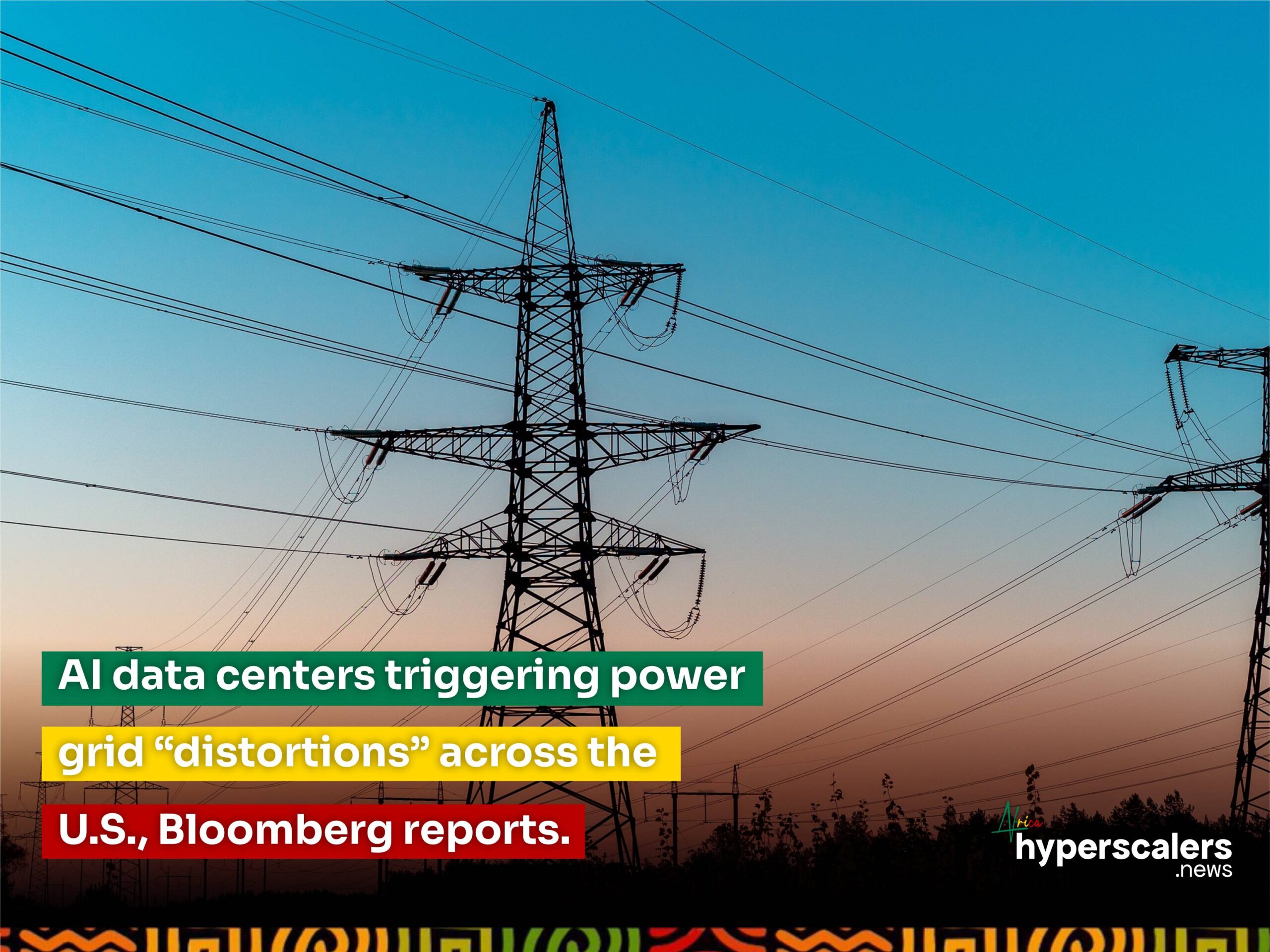New evidence indicates that artificial intelligence (AI) data centers are distorting the quality of electricity delivered to homes, raising the risk of appliance damage and even fires. A Bloomberg report, using data from Whisker Labs and DC Byte, reveals that the rapid expansion of data centers powering AI applications is putting unprecedented strain on the U.S. power grid, particularly in major data center hubs like Northern Virginia.
The phenomenon, known as “bad harmonics,” occurs when the steady flow of electricity is disrupted, causing erratic voltage spikes and dips. If left unaddressed, these sudden surges and sags can ignite sparks, potentially leading to fires in homes.
However, these power disturbances may point to a deeper issue.
“Harmonics are a pretty good canary in the coal mine for early signs of stress and problems,” said Bob Marshall, CEO of Whisker Labs.
The analysis showed that over three-quarters of the most distorted power readings in the U.S. occur within 50 miles of large data centers. The rise of new facilities near major urban areas has further strained the grid.
Data from Whisker Labs, which tracks power quality through one million residential sensors, found a strong correlation between proximity to data centers and worsening harmonic distortion. Over half of the households exhibiting the worst power quality distortions were located within 20 miles of significant data center activity. U.S. Census data reveals that 3.7 million people live in the most affected regions.
The problem goes beyond just power availability for basic household appliances; harmonic distortion degrades the overall quality of energy, making electrical systems and appliances more prone to failure.
These issues are expected to escalate as more large data centers come online. The rapid pace of data center construction, often within a year or two of announcements, limits the opportunity for grid planners to address the growing power demands of these facilities.
It’s critical to assess the impact of AI on the grid, especially given its potential to put immense strain on electrical systems, noted Hasala Dharmawardena, a senior member of the Institute of Electrical and Electronics Engineers. “AI is such a big hammer on the grid,” he said.
Loudoun County, Virginia, is a prime example of the link between data centers and bad harmonics. Bloomberg’s analysis revealed that about 1.7 percent of sensors in the county had at least one monthly reading that exceeded the 8 percent threshold for bad harmonics. In Loudoun, that number was more than four times the national average.
The situation is further complicated by insufficient investment in the U.S. electricity grid. While power consumption has been relatively flat in recent years, a report by Grid Strategies predicts it will increase by nearly 16 percent over the next five years. Without significant upgrades to grid infrastructure, harmonic issues are expected to worsen.
In October 2024, the U.S. Department of Energy announced up to $2 billion in funding for 38 projects across 42 states aimed at improving grid resilience. However, experts like Rystad Energy argue that the scale of investment required far exceeds current commitments. To accommodate renewable energy integration and large-load customers such as data centers, the U.S. will need to invest $3.1 trillion in grid infrastructure by 2030.
While other factors, such as solar energy generation and electric vehicle adoption, can contribute to harmonic issues, the Bloomberg analysis underscores the clear and undeniable link between the rise of data centers and the worsening power quality problems.





